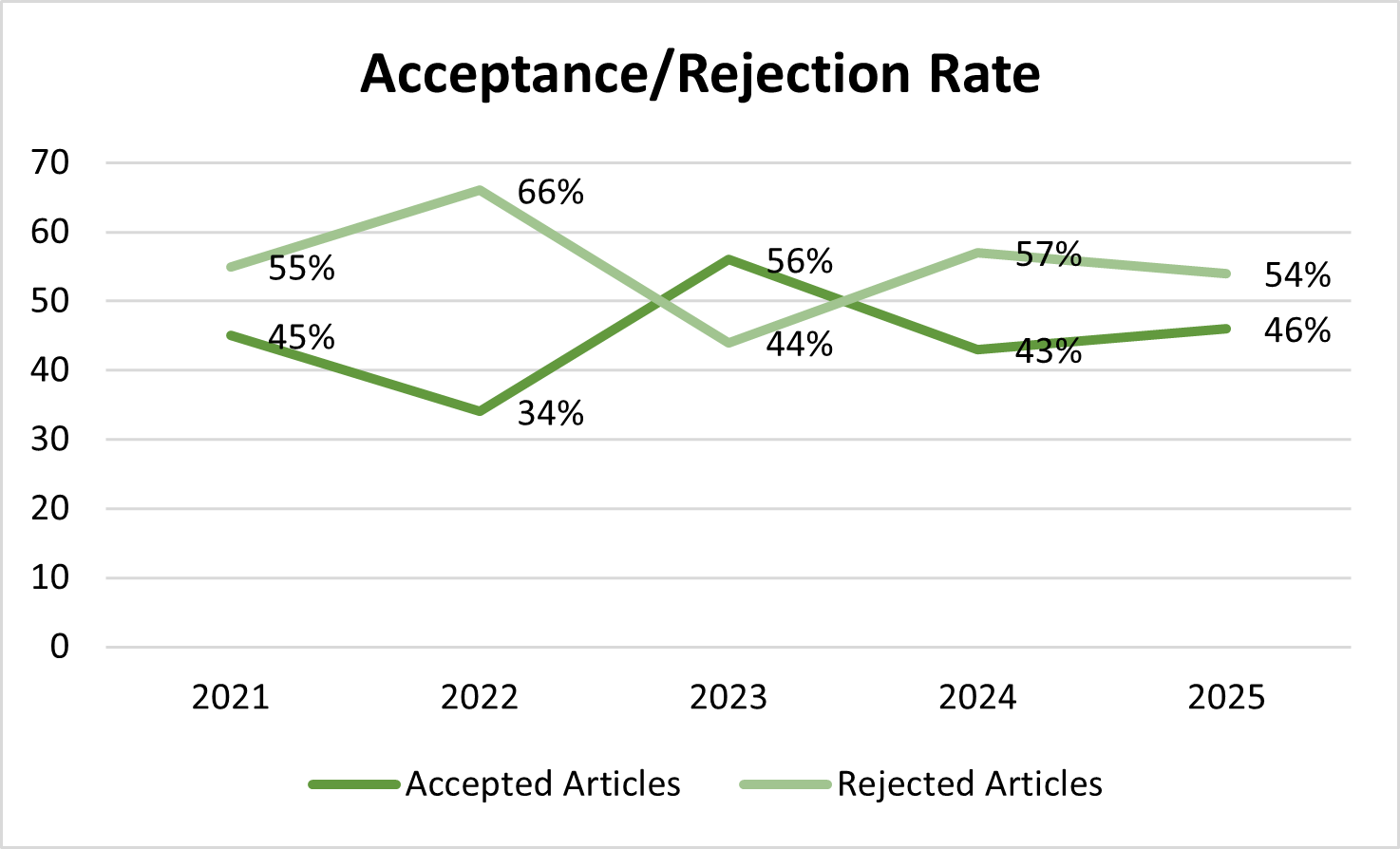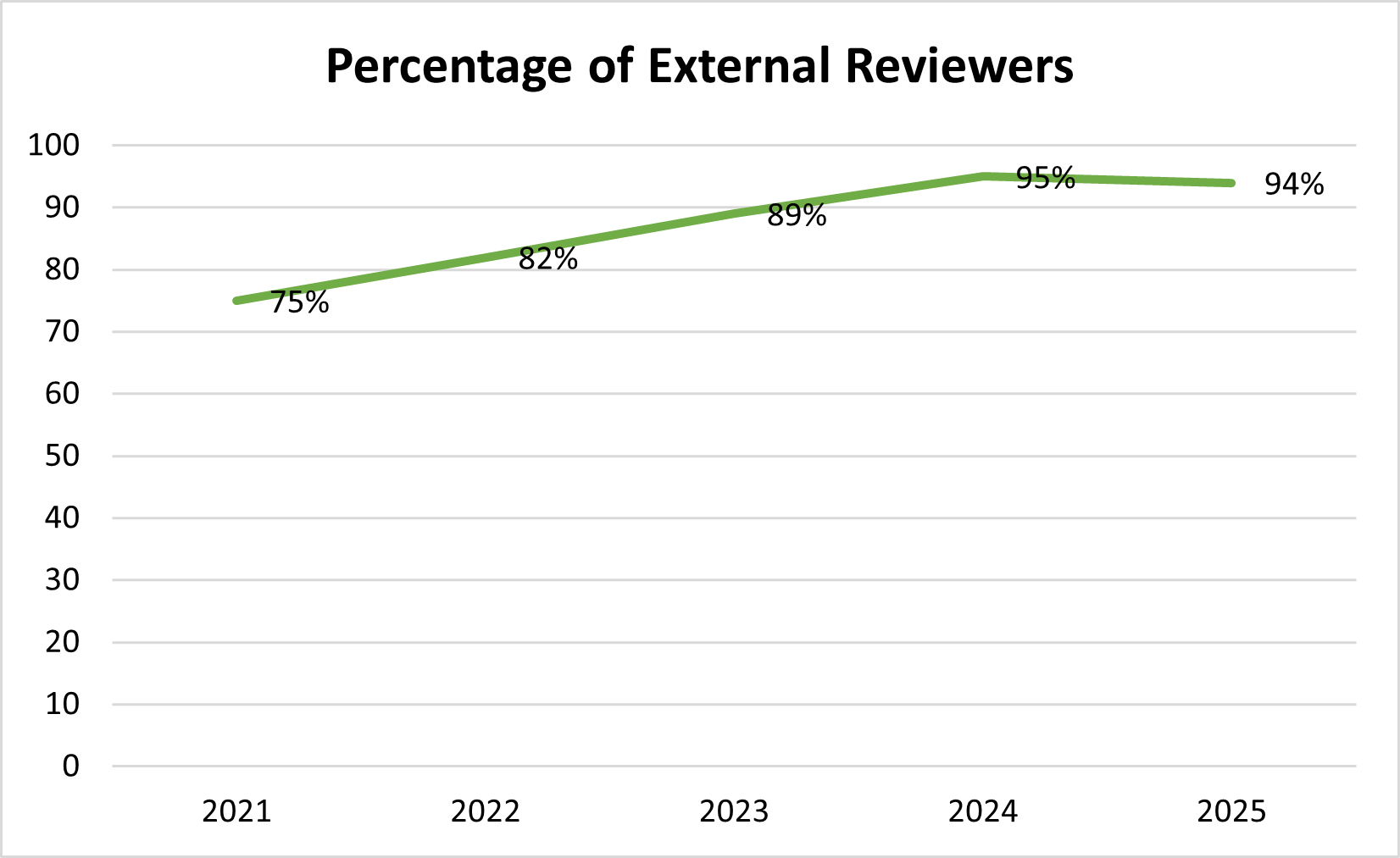Effect of the introduction of forest species on degraded soils in ecological restoration processes in south of Ecuador
Abstract
This study was carried out seven years after the implementation of an ecological restoration pro-cess of the degradation in the buffer zones of Podocarpus National Park. An assessment was per-formed of the way in which five forest species (three native and two introduced) impact on de-graded soils in three succession stages. In addition, differences in phenotypic characteristics and soil micro-biotic dynamics between native and introduced species were investigated. Finally, an analysis was performed as to whether the microbial biomass and basal respiration or the soul and were related to physiological characteristics. To test these hypotheses, phenotypic variables of the trees that intervene directly in soil dynamics were evaluated. The presence of microorganisms was assessed as a biological indicator of the soil, by quantifying the microbial biomass and basal respi-ration of the soil. The main conclusions were that each forest species interferes with soil biological indicators in a particular way, and significant differences were observed among the species under study in all phenotypic parameters and biological indicators of soil, independently of whether they were native or introduced. Relationships were identified between physiological characteristics and biological indicators of the soil, with differences in each species. The conclusion is that both the species and the state of succession influence the health status and phenotype of the tree, and there-fore soil biological indicators.References
Abreu, Z., Llambí, L. D., y Sarmiento, L. (2008). Sensitivity of Soil Restoration Indicators during Paramo Succession in the High Tropical Andes: Chronosequence and Permanent Plot Approaches. Restoration Ecology, 1 - 10.
Acosta, Y., y Paolini, J. (2006). Dinámica de la biomasa microbiana (C y N) en un suelo de la Península de Paraguaná tratado con residuos organicos. Multiciencias, 180 - 187.
Aguirre, N. (2007). Silvicultural contributions to the reforestation with native species. Dissertation (p. 145). TU Munchen: Lehrstuhl fur Waldbau.
Bardgett, R., Mawdsley, J., Edwards, S., Hobbs, P., Rodwell, J., y Davies, W. (1999). Plant Species and Nitrogen Effects on soil biological properties of temperate upland grasslnds. Functional Ecology, 650 - 660.
Batten, K., Scow, K., y Espeland, E. (2008). Soil Microbial Community Associated with an Invasive Grass Differentially Impacts Native Plant Performance. Microbial ecology, 220 - 228.
Bezemer, M., Lawson, C., Hedlund, K., Edwards, A., Brook, A., Igual, J., van der Putten, W. (2006). Plant species and functional group effcts on abiotic and microbial soil properties ans plant soil responses in two grasslands. Journal of Ecology, 893 - 904.
Callaham, M., Rhoades, C., y Heneghan, L. (2008). A Striking Profile: Soil Ecological Knowledge in. Restoration Ecology, 604 - 607.
Cleveland, C., Townsend, A., Constance, B., Ley, R., y Schmidt, S. (2004). Soil Microbial Dynamics in Costa Rica: Seasonal and Biogeochemical Constraints. Biotropica, 184 - 195.
Departamento de Agricultura de los Estados Unidos (USDA), Servicio de Conservación de Recursos Naturales. (2014). Claves para la Taxonomía de Suelos. Decima segunda Edición. 1-5. https://www.nrcs.usda.gov/Internet/FSE_DOCUMENTS/nrcs142p2_051546.pdf
Ehrenfeld, J. (2003). Effects of Exotics Plant Invasions on Soil Nutrient Cycling Processes. Ecosystems, 503 - 523.
Eisenhauer, N., Bebler, H., Engels, C., Gleixner, G., Habekost, M., Milcu, A.. Scheu, S. (2010). Plant diversity effects on soli microorganisms support the singular hypothesis. Ecology, 485 - 496.
Fuentes-Ramírez, A., Pauchard, A., Cavieres, L. A., y García, R. A. (2011). Survival and growth of Acacia dealbata vs. native trees across an invasion front in south-central Chile. Forest Ecology and Management, 261(6), 1003-1009.
Garay, A. H., Sollenberger, L. E., McDonald, D. C., Ruegsegger, G. J., Kalmbacher, R. S., y Mislevy, P. (2004). Nitrogen fertilization and stocking rate affect stargrass pasture and cattle performance. Crop science, 44(4), 1348-1354.
Gann, G., y Lamb, D. (2006, enero). Society for ecological Restoration. Retrieved from www.ser.org.
Ganade, G., Miriti, M. N., Mazzochini, G. G., y Paz, C. P. (2011). Pioneer effects on exotic and native tree colonizers: Insights for Araucaria forest restoration. Basic and applied ecology, 12 (8), 733-742.
Gonzales, D. U., y Ordóñez, M. F. (2009). Evaluación de 8 especies forestales plantadas en tres estadíos de sucesión vegetal en la estación científica San Francisco, Provincia de Zamora Chinchipe. Loja: Tesis de Grado previa a la Obtención del Título de Ingeniero Forestal.
Gunter, S., González, P., Álvarez, G., Aguirre, N., Palomeque, X., Haubrich, F., y Weber, M. (2009). Determinants for successful reforestation of abandoned pastures in the Andes:. Forest Ecology and Management, 81 - 91.
Xiao, H., Li, Z., Dong, Y., Chang, X., Deng, L., Huang, J., ... y Liu, Q. (2017). Changes in microbial communities and respiration following the revegetation of eroded soil. Agriculture, Ecosystems y Environment, 246, 30-37.
IBM. (2008 ). SPSS Statistics 22 Core System.
James, B. (2006). Agriculture and Deforestation in the Tropics: A Critical Theoretical and Empirical Review. Springer, 9 - 16.
Luzuriaga, 2001. Curso de edafología general. Segunda edición. Ed. Politécnica – ESPE.
Kourtev, P., Ehrenfeld, J., y Haggblom, M. (2002). Exotic plant species alter the microbial community structure and function un the soil. Ecology, 3152 - 3166.
MAE. (2015, Marzo 22). Ministerio del Ambiente del Ecuador. Retrieved from www.ambiente.gob.ec
Meli, P., y Carrasco Carballido, V. (2011). Restauración ecológica de riberas, manual para la recuperación de la vegetación ribereña en arroyos de la Selva Lacandona (No. CH/333.715309727 M4).
Nath, C. D., Schroth, G., y Burslem, D. F. (2016). Why do farmers plant more exotic than native trees? A case study from the Western Ghats, India. Agriculture, Ecosystems y Environment, 230, 315-328.
Nearing, M. A., Xie, Y., Liu, B., y Ye, Y. (2017). Natural and anthropogenic rates of soil erosion. International Soil and Water Conservation Research.
Saetre, P. (1998). Decomposition, microbial community structure, and earthworm effects along a birch - spruce soil gradient. Ecology, 834 - 846.
Sax, D., Kinlan, B., y Smith, K. (2005). A Conceptual Framework for comparing species assemblages in native and exotics habitats. Wiley, 475 - 464.
Scheu, S. (1992). Automated measurement of the respiratory response of soil microcompartments: Active Microbial Biomass in Earthworm faeces. Soil Biol. Biochem, 1113 - 1118.
Schneider, M., Law, R., y Illian, J. (2006). Quantification of neighbourhood-dependent plant growth by Bayesian hierarchical modelling. British Ecological Society, 310 - 321.
Schweitzer, J., Bailey, J., Fischer, D., LeRoy, C., Lonsdorf, E., Whitham, T., y Hart, S. (2008). Plant - Soil - Microorganism interactions: heritable relationship between plant genotype and associated soil microorganisms. Ecology, 773 - 781.
Wolfe, B., y Klironomos, J. (2005). Breaking new ground: Soil Communities and exotic plant invasion. BioScience, 477 - 487.
Wen-De, Y. A. N., Xiao-Yong, C. H. E. N., Yuan-Ying, P. E. N. G., Fan, Z. H. U., Wei, Z. H. E. N., y ZHANG, X. Y. (2017). Response of Soil Respiration to Nitrogen Addition in Two Subtropical Forest Types. Pedosphere.
van Breugel, M., Ransijn, J., Craven, D., Bongers, F., y Hall, J. S. (2011). Estimating carbon stock in secondary forests: decisions and uncertainties associated with allometric biomass models. Forest Ecology and Management, 262(8), 1648-1657.
Yuste, C., Ma, S., y Baldocchi, D. (2010). Plant soil interactions and acclimation to temperature of microbial mediated soil respiration may affect predictions of soil CO2 efflux. Springer, 127 - 138.
Downloads
Published
How to Cite
Issue
Section
License
Copyright (c) 2018 Bosques Latitud Cero

This work is licensed under a Creative Commons Attribution-NonCommercial-ShareAlike 4.0 International License.
This work is published under the Creative Commons Attribution-NonCommercial-ShareAlike 4.0 International (CC BY-NC-SA 4.0) license. This means that users may copy, distribute, and adapt the content, provided that proper credit is given to the authors and the journal. Commercial use of the material is not permitted. Additionally, any derivative work must be distributed under the same license. This license ensures open access to knowledge, promoting the dissemination and reuse of published works for non-commercial purposes, respecting authorship, and ensuring the free circulation of content under fair terms.































